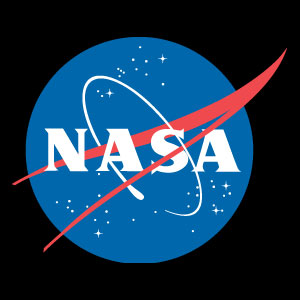 Five of the possible planets are similar in size to the Earth and orbit in the habitable zone of smaller, cooler stars than our sun.
Five of the possible planets are similar in size to the Earth and orbit in the habitable zone of smaller, cooler stars than our sun.
Candidates require follow-up observations to verify they are actual planets.
“In one generation we have gone from extraterrestrial planets being a mainstay of science fiction, to the present, where Kepler has helped turn science fiction into today’s reality,” said NASA Administrator Charles Bolden. “These discoveries underscore the importance of NASA’s science missions, which consistently increase understanding of our place in the cosmos.”
The discoveries are part of several hundred new planet candidates identified in new Kepler mission science data, released on Tuesday, Feb. 1. The findings increase the number of planet candidates identified by Kepler to-date to 1,235. Of these, 68 are approximately Earth-size; 288 are super-Earth-size; 662 are Neptune-size; 165 are the size of Jupiter and 19 are larger than Jupiter.
The findings are based on observations conducted May 12 to Sept. 17, 2009, of more than 156,000 stars in Kepler’s field of view, which covers just 1/400 of the sky.
“The fact that we’ve found so many planet candidates in such a tiny fraction of the sky suggests there are countless planets orbiting sun-like stars in our galaxy,” said William Borucki of NASA’s Ames Research Center in Moffett Field, Calif., the mission’s science principal investigator. “We went from zero to 68 Earth-sized planet candidates and zero to 54 candidates in the habitable zone, some of which could have moons with liquid water.”
Kepler, a space telescope, looks for planet signatures by measuring tiny decreases in the brightness of stars caused by planets crossing in front of them. This is known as a transit.
Since transits of planets in the habitable zone of sun-like stars occur about once a year and require three transits for verification, it is expected to take three years to locate and verify Earth-size planets orbiting sun-like stars.
The star field that Kepler observes in the constellations Cygnus and Lyra can only be seen from ground-based observatories in spring through early fall. The data from these other observations help determine which candidates can be validated as planets.


